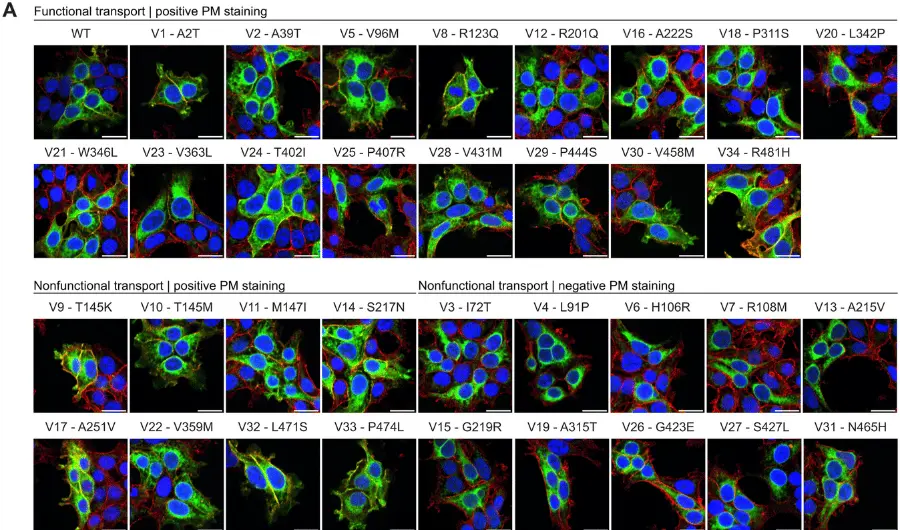Recurrence Rates and Risk Factors for Seizure Recurrence Following Antiseizure Medication Withdrawal in Adolescent Patients with Genetic Generalized Epilepsy
April 25, 2022
Abstract found in Wiley Online Library
Objective: This study aimed to identify the recurrence rate of genetic generalized epilepsy (GGE) and risk factors for recurrence after antiseizure medication (ASM) withdrawal in adolescent patients.
Methods: We retrospectively reviewed medical records of patients with GGE who were included in the registry at the Department of Child Neurology, National Hospital Organization Nishiniigata Chuo Hospital from 2000 through 2020. The eligibility criteria were as follows: onset of epileptic seizures at <15?years of age, treatment with an ASM, and attempted treatment withdrawal at 10–19?years of age. The rates of seizure recurrence after drug withdrawal were evaluated. Moreover, several variables were evaluated as predictors of recurrence.
Results: In total, 77 patients with GGE (21, 13, and 43 patients with juvenile myoclonic epilepsy [JME], juvenile absence epilepsy [JAE], and epilepsy with generalized tonic-clonic seizures alone [EGTCSA], respectively) were included in this study. Recurrence was detected in 68% of patients with GGE (86%, 31%, and 70% of patients with JME, JAE, and EGTCSA, respectively). Recurrence rates for patients who developed epilepsy at ?13?years of age, those who started dose reduction at ?16?years of age, those who exhibited a seizure-free period of <36 months before withdrawal, and those who chose to discontinue treatment at their own discretion were significantly higher than those for their counterparts. Multivariate analysis revealed that initiation of dose reduction at ?16?years of age was associated with increased recurrence risk. Meanwhile, a diagnosis of JAE was associated with decreased recurrence risk. All patients with JAE were treated with valproic acid.
Significance: anti-seizure medication withdrawal at ?16?years of age and a diagnosis other than juvenile absence epilepsy may be independent risk factors for seizure recurrence after drug withdrawal in adolescent patients.







